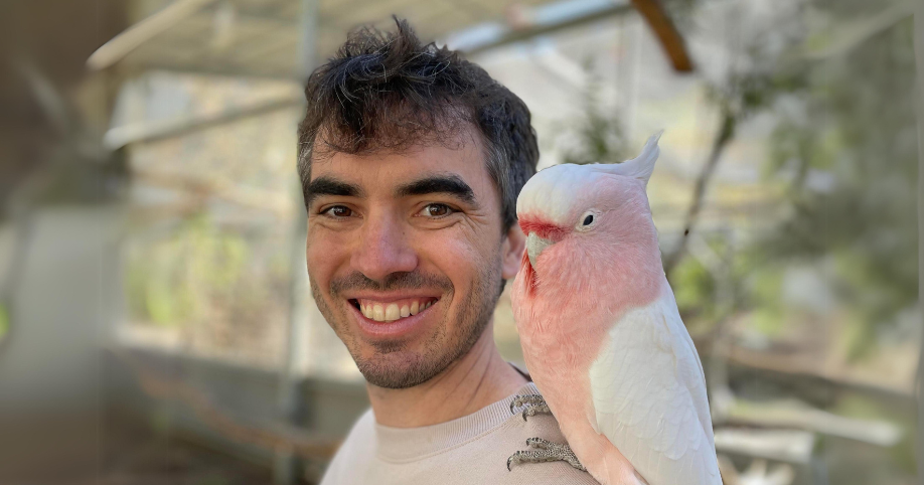
“Imagine the conductor of an orchestra. From the audience, we don’t understand exactly how the conductor is controlling the orchestra, however, we do know that the conductor is telling different musicians to do different things at different times. This is the same way that transcription factors in cells tell genes how—and when—to switch on and off.”
______
This is how Senior Post Doctoral Researcher Dr Charles Bell, a member of Mater Research’s Genome Plasticity and Disease Research Group led by Professor Geoff Faulkner, explains the gap that he saw in the research about transcription factors and led him to set out to understand more. His findings, which were recently published in Nature Genetics, have paved the way for this longstanding question to finally be addressed.
Transcription factors, which were originally discovered in the 1990s, are a special class of proteins that can recognise specific DNA sequences and specific genes and activate them at the right time. In other words, they are the ‘conductors’ of the cell. However, how they activate their target genes is not well understood.
Dr Bell said that he conceived the study as he wanted to understand this fundamental process that hasn’t been properly understood and in turn solve a 20-year-old mystery in biology.
“Now that today’s technology is available to answer these questions, I wanted to tackle this big, fundamental problem in my field,” Dr Bell said.
“My paper was trying to provide a comprehensive functional analysis about how gene regulation works. By studying this process in humans, we found some really important factors that are known to be Implicated in diseases and in lots of important developmental processes.”
Dr Bell explained that like a computer, different programs of genes in the body need to be activated at different times for the machine to work.
“What was most remarkable is that every single one of these transcription factors is acting in a unique way. This means there's a lot more to discover about how this process works and suggests that it has to be very tightly regulated so that it doesn't go wrong in development or disease.”
Dr Bell said that by developing the understanding of this process, scientists will be able to better manipulate and control it when treating diseases.
“These types of manipulations are already being applied in the clinic, for example with CAR T-cells. Doctors take the cells out, manipulate them and put them back into the person to help cure cancer. To be able to manipulate cells in the best possible way, we need to understand how they control themselves normally.”
“So, by building on this understanding of transcription factors, we will be able to understand the entire process and build better models to predict cell behaviour, possibly leading to better ways to prevent disease in the future,” Dr Bell said.
Importantly, the fact that each transcription factor acts in a unique way provides new possibilities to target these key factors in disease. Dr Bell aims to couple this new knowledge with recent innovations in mRNA technology to develop new drugs that can block the function of specific transcription factors that are important in cancer and other diseases.
But ultimately, he is driven by the desire to understand how this fundamental process works. “Just like the conductor of an orchestra, these transcription factors are both part of the orchestra while controlling the process from within. I want to understand how these conductors can do what they do. The whole process is very circular and very beautiful.”
The full paper, titled Comparative cofactor screens show the influence of transactivation domains and core promoters on the mechanisms of transcription was published in Nature Genetics in May 2024.



